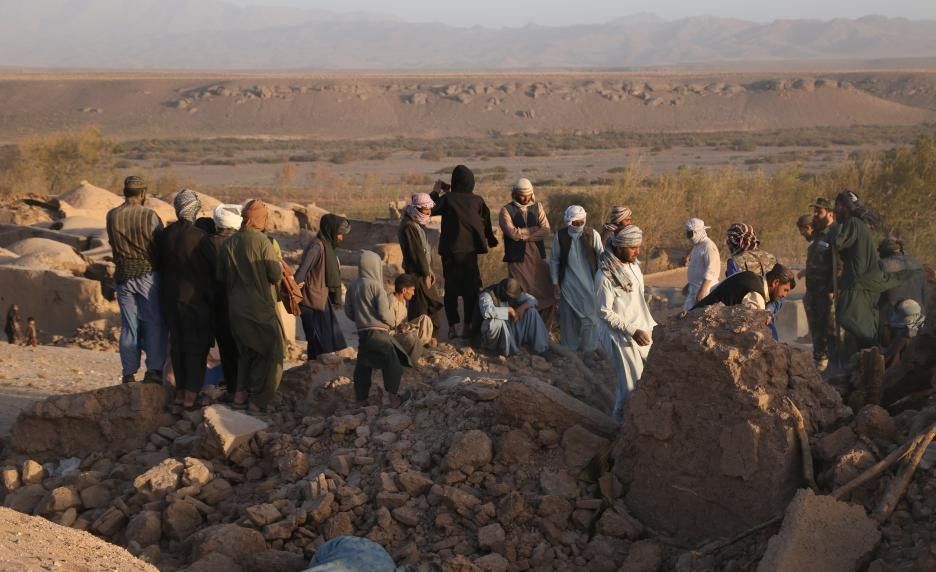According to the USGS, the center of the earthquake was located about 27km northeast of Jalalabad city, at a depth of only 8km - a level that could cause severe shaking.
The USGS estimates that nearly half a million people felt the strong to very strong shaking. Unstable construction works are at risk of severe damage.
At least nine people were killed and 25 injured in Nangarhar. Taliban spokesman Zabihullah Mujahid confirmed: The earthquake caused casualties and damage in several eastern provinces. The government and people are making efforts to rescue, forces from the capital and neighboring provinces have set out to support".
About 20 minutes after the main earthquake, a 4.5 degree earthquake continued to shake the area, followed by a 5.2 degree earthquake at a depth of 10km. The consecutive shakes made people more panic, many families had to sleep outdoors in fear.
The USGS has issued an orange warning via the PAGER system, saying there is a high risk of casualties and significant economic damage, which may require response at the national or regional level.
The earthquake caused a parallel parallel parallel to the 2023 tragedy.

In October 2023, Afghanistan saw more than 2,000 people killed in a 6.3-magnitude earthquake in the West - one of the worst natural disasters in years. Therefore, the fear of repeated history is engulfing the people of Nangarhar after the earthquake.
In Kabul, more than 160km from the center of the earthquake, resident Ahmad Zameer said: The whole neighborhood was shaken violently. Everyone rushed down to the street, afraid of being buried in buildings.
Experts say the aftershocks may continue. As Afghanistan has just suffered a series of natural disasters, a fragile health system and weak infrastructure, the risk of casualties continues to increase if new earthquakes occur.











